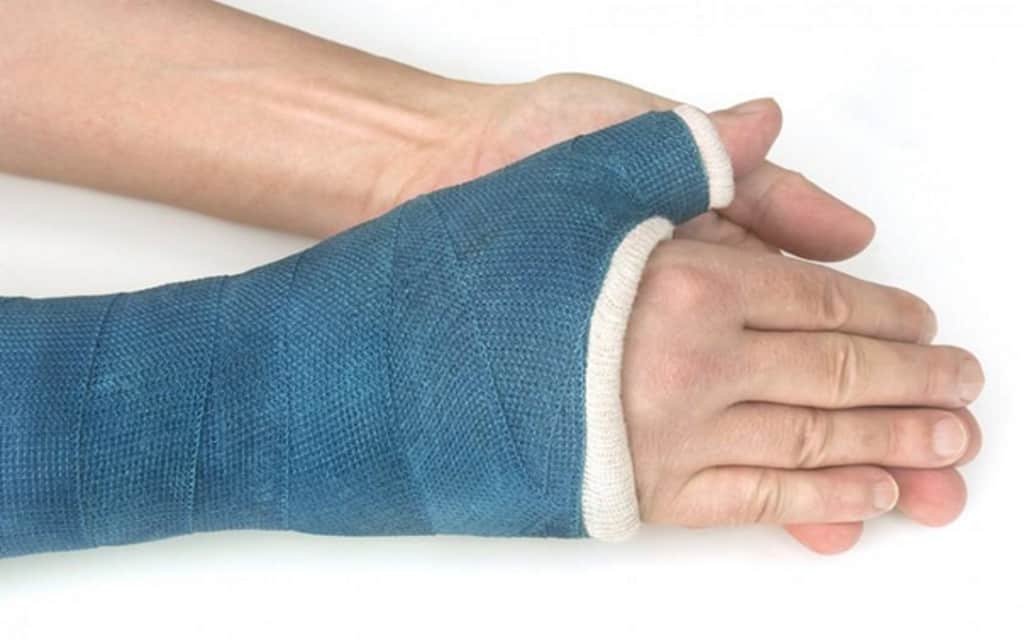No bone fracture is the same and everyone will heal differently. The healing process depends on the nature and severity of the fracture, the stability of the fixation and natural biological processes. Some fractures are complete and some only partial, so in some cases only a brace will suffice while in others, surgery or metal plates may be necessary. Whatever the case, a proper healing process is essential.
The bone has the ability to repair itself and this process is spontaneous and natural so it doesn’t require any direction from us, but still, what we do during the healing time is of utmost importance for the comfort, speed and wholeness of the bone renewal process. In addition, life-supporting changes we make in response to a fracture can improve the condition of our entire skeleton and reduce the chances of future injuries.
Why do you need to have a broken bone repaired?
One of the main aims of bone fracture treatment is to restore the normal anatomy, so the doctor will do everything to reset each bone part to its proper anatomic position. If left untreated, a bone fracture may heal in an unusual position. Regardless of the severity of the fracture, you should always see a doctor in order to get proper treatment and avoid potential complications in the future, such as defective bone healing, bone weakness of even loss of function.
Improperly treated bone fractures can also have more serious complications such as blood clots in nearby vessels, infections, skin, tissue and muscle damage around the fracture and swelling of joints.
Ways of healing a broken bone
Depending on the fracture type and its location, your treatment may be a traditional cast, functional brace or open reduction. In the first case, after the bone has been repositioned, it will be immobilized with a plaster or a fibreglass cast which ensure the bone heals in the correct position. The cast is mostly used for fractures in the arm, leg, wrist bones and foot.
Unlike the traditional cast, a functional brace allows limited, controlled movement of nearby joints and it usually comes after the traditional one. However, in case of a severe and complex injury, you may need to have surgery to correct the fracture. The bone is then exposed and repositioned manually.
Bone healing stages
A broken bone typically goes through three stages of healing: the inflammatory phase, repairing phase and bone remodelling. The first phase happens immediately after the fracture when the blood vessels torn by the injury release blood. The blood then starts to clot and a hematoma is formed which lasts for about a week.
The reparative stage starts in the first days following the fracture and lasts for 2-3 weeks during which the body develops tissue and cartilage in and around the fracture spot. At the ends of broken bones, a soft collar is formed that grows until both ends meet and this is called a callus which stabilizes the fracture. In the weeks following, a bony callus will be formed to replace the tissue callus.
The final phase of fracture healing is the remodelling phase when solid bone develops. The average healing time is between 6 and 8 weeks. Most people stop feeling any pain long before the broken bone fully heals. Whatever the injury was, it’s recommended you have a clinical approach to rehabilitation, so making an appointment at Ashfield Physio therapy centre will greatly help you to heal faster and experience relief sooner.
Ways of speeding up the bone repair
The best thing you can do to help the bone fracture healing process is to rest and restrict the use of the injured limb. In addition, there are many other things you can do to speed up the healing process. Since bone is largely made of protein, taking protein supplements will help in rebuilding the bone. Antioxidant supplements can help as well by removing the free radicals created by tissue damage.
Bone is also composed of minerals and vitamins so an increased intake of calcium, magnesium, zinc, phosphorus, silicon. And vitamins B, C, D and K will be crucial in bone healing.
Certain type of exercise can also be very helpful as physical activity improves blood flow to the injured spot, helps in muscle rebuilding and speeds up fracture healing. However, make sure you consult your doctor before you start any exercise. Finally, avoid smoking as it may delay bone healing.
Bone is a living, complex tissue that constantly changes and many factors participate in bone repair and healing process. Follow the tips listed here and your healing process will be quick and successful.



